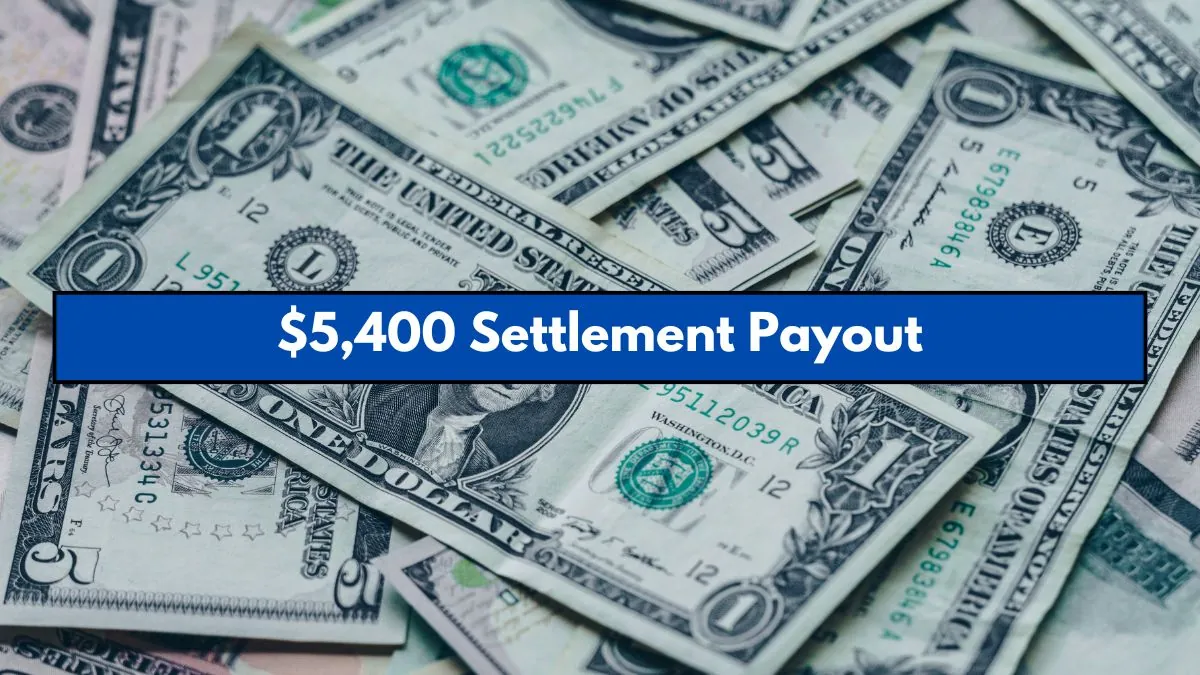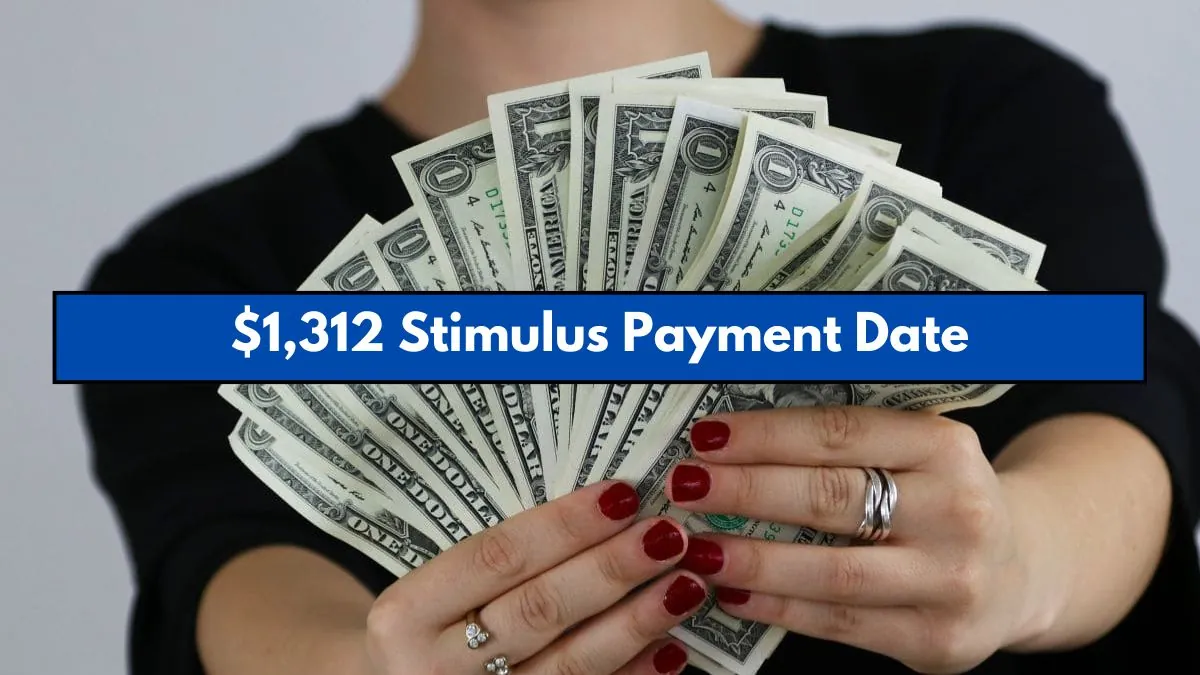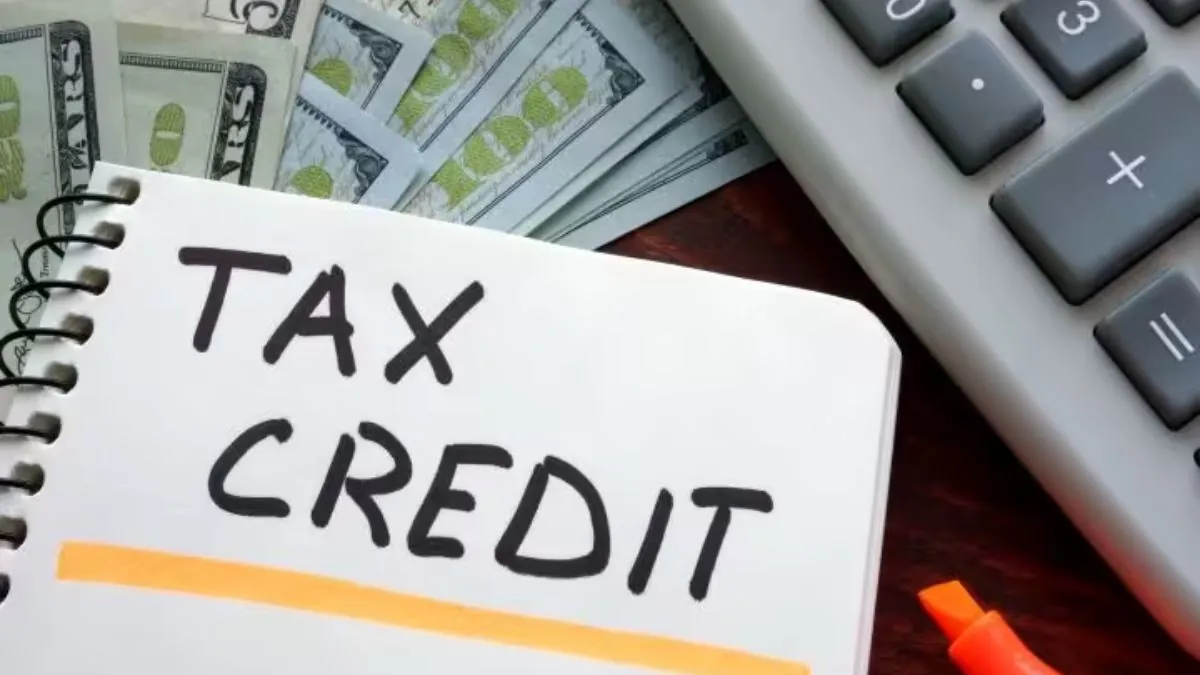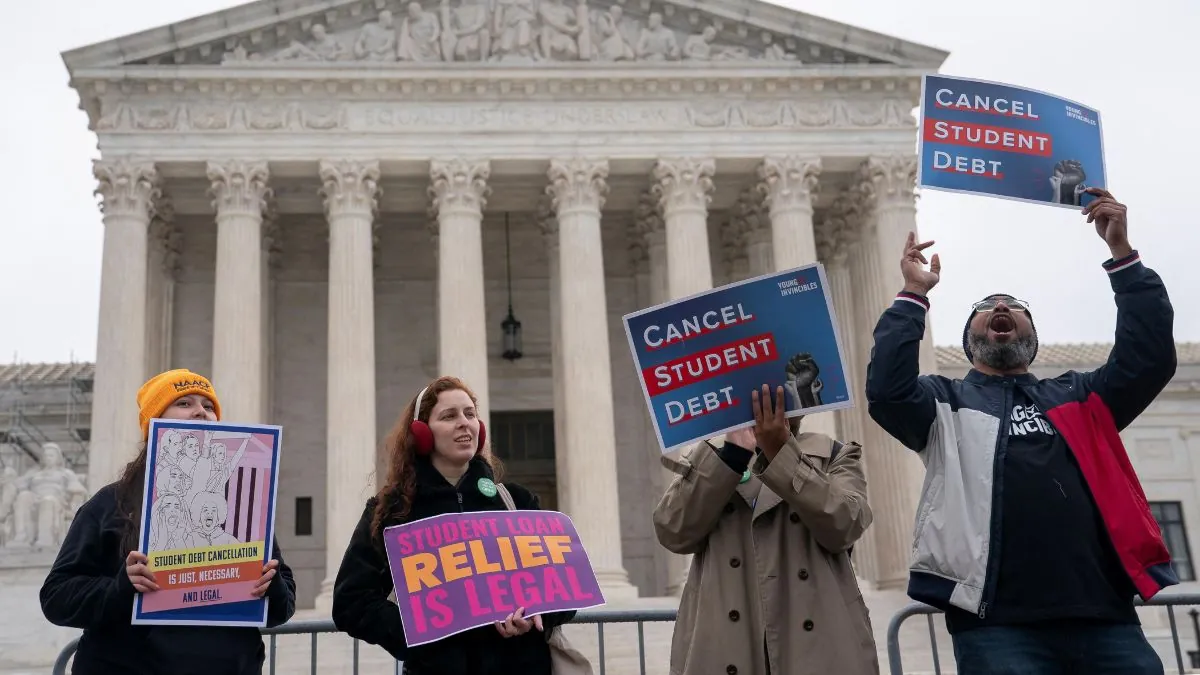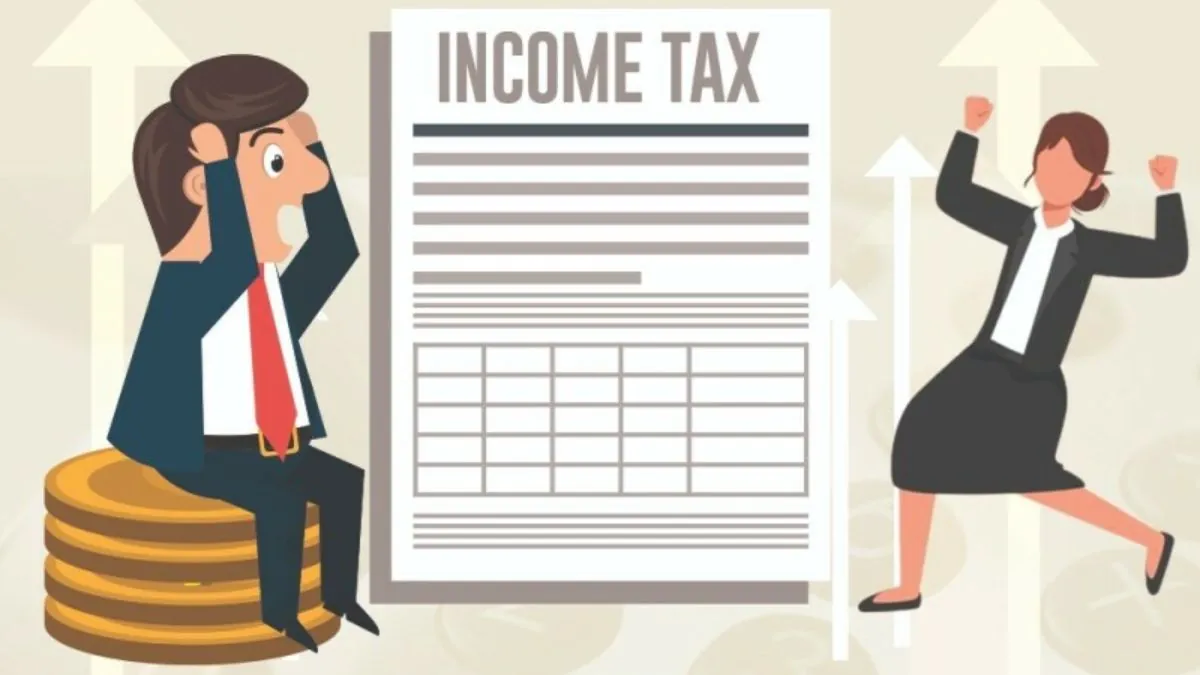Rare coins are captivating, as they uniquely intertwine history, art, and economic value. Among these treasures, the Rare Bicentennial Quarter has recently garnered significant attention due to its remarkable valuation, nearing $1 million. This coin’s exceptional rarity, pristine condition, and historical significance have made it highly esteemed within the coin-collecting community, as reflected in its premium price.
Rare Bicentennial Quarter Valued at Nearly $1 Million
The Bicentennial Quarter, valued at approximately $1 million, stands as one of the most remarkable coins ever produced. Much like the famed 1933 Saint-Gaudens Double Eagle and the 1894-S Barber Dime, this quarter is not just a collectible but a piece of history. Its value lies in the historical narratives it embodies and the significant events it commemorates.
| Coin | Year | Estimated Value | Notable Features |
|---|---|---|---|
| Kurmi Bicentennial Quarter | 1976 | Nearly $1 million | Double strike, misalignment, historical significance |
| 1933 Saint-Gaudens Double Eagle | 1933 | $30 million | Depression-era gold coin, rare survivors |
| Flowing Hair Dollar | 1794 & 1795 | Over $30 million | First U.S. dollar coin, high significance |
| Brasher Doubloon | 1787 | Over $30 million | Early American gold coin, distinctive counterstamp |
| 1894-S Barber Dime | 1894 | Over $30 million | One of the rarest U.S. coins, very limited mintage |
Kurmi Bicentennial Quarter
The Kurmi Bicentennial Quarter was minted in 1976 to commemorate the 200th anniversary of the United States’ independence. This coin is particularly valuable due to a rare minting error in which the coin was struck twice and slightly misaligned. Well-preserved examples of this quarter are highly prized by collectors, not only for their rarity but also for their representation of a significant chapter in American history.
1933 Saint-Gaudens Double Eagle
The 1933 Saint-Gaudens Double Eagle was originally intended as a $20 gold coin, but it was never circulated. During the Great Depression, most of these coins were melted down following a law enacted to protect gold reserves. However, a few survived, and in 2002, one sold for over $7 million, setting a record at the time. Today, its estimated value approaches $30 million, highlighting its rarity and historical importance.
Flowing Hair Dollar
The Flowing Hair Dollar, produced between 1794 and 1795, was the first official dollar coin of the United States. Inspired by the widely circulated Spanish dollar, this coin features an eagle on one side and Lady Liberty on the other, reflecting the ideals of the young nation. Well-preserved Flowing Hair Dollars are among the most valuable U.S. coins, with auction prices exceeding $30 million.
Brasher Doubloon
The Brasher Doubloon, crafted in 1787 by goldsmith Ephraim Brasher, is one of the earliest gold coins produced in the United States. It was minted during a time when official U.S. coins were scarce, adding to its historical value. The coin’s distinctive “EB” counterstamp, denoting Brasher’s craftsmanship, makes it particularly unique. One such coin sold for over $7 million in 2011, and its value continues to rise, making it highly sought after by collectors.
1894-S Barber Dime
The 1894-S Barber Dime is one of the rarest American coins, with only 24 originally minted. Today, fewer than 10 are known to exist, enhancing its allure and significance. The circumstances surrounding its limited production at the San Francisco Mint remain a mystery, adding to its mystique. In 2016, one of these dimes sold for nearly $2 million, and its current estimated value exceeds $30 million, underscoring its rarity and desirability.
This Article Includes


